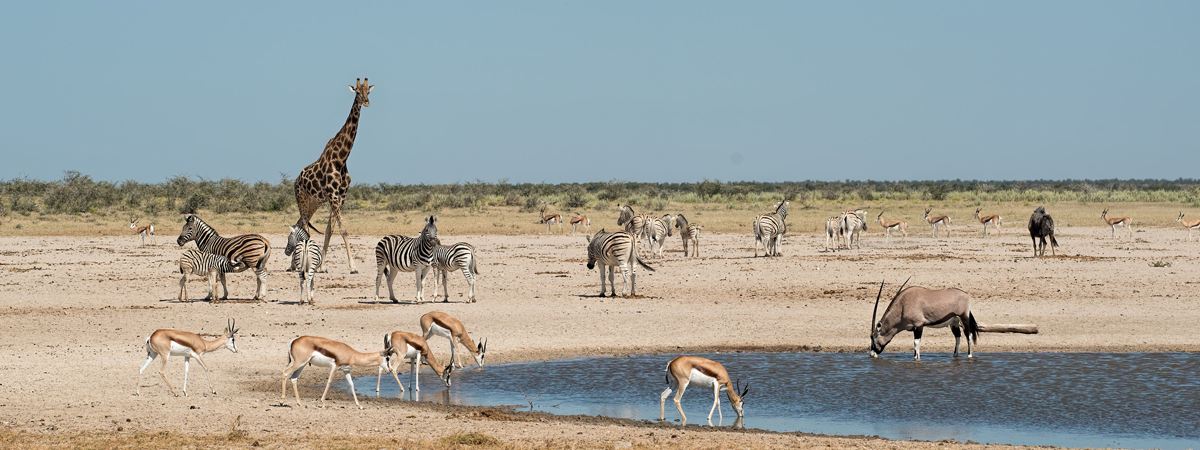This series of blogs looks at the art of taking wildlife photos and some of the things you can do to ensure that your safari photographs are out of the ordinary.
Expectations
Running wildlife safaris throws up all sorts of challenges but one of the toughest to deal with is client expectations.
With so much top quality wildlife photography on view in TV documentaries and in glossy magazines, a lot of people arrive for the start of their safari expecting that they will come away with equally spectacular photographs.
It can happen, but regrettably the odds are stacked against you.
Think about it. The time and resources that go into producing TV documentaries are vast. The BBC’s recent – enthralling – AFRICA series took four years to make.
Most of the truly memorable wildlife photographs that you see are not the result of a chance encounter but hours, days and weeks of painstaking work.
The people that take these photographs do it for a living. It is what they do all day every day and in many instances they have access to parks and reserves that we do not have.
We all enjoy the spectacular photography on BBC’s Wild Cat Diary, but bear in mind that they have a whole team of people, in multiple vehicles, following the animals 24/7. Not to mention the fact that their camera equipment probably cost more than your car.
Your wildlife safari is altogether different.
You don’t have the time or resources to follow endlessly or to just sit and wait for as long as it takes; you”re limited to just a few days and, unless you’ve booked a private safari, there will be others in your group to consider with priorities of their own.
If you’re starting to feel a bit disheartened and are thinking ‘why bother?’ you shouldn’t; you’ve actually got a lot more going for you than you might think.
Human resources
You might be surprised to know how many people will be helping you.
To start with you’ll have a guide. He/she will be someone who spends their life tracking and spotting animals. They visit the game parks frequently and understand the behaviour of the animals; they know where to look.
In addition to your own guide there are the guides of other parties on safari. These guys talk to each other and share information. Very few of them with withhold information about sightings because what goes around comes around and there will come a time when they need a bit of help themselves.
Then you’ve got the staff working in your camp – you’ll find they are pretty clued up about what is going on in the vicinity.
If you’re on a photographic safari (rather than just a wildlife safari) you might also have a photographic guide accompanying your group as well.
All these people want you to be happy. Why? Because it’s much easier working with satisfied clients than with dissatisfied ones.
So don’t worry, with all these people on your side you’ll enjoy some wonderful wildlife encounters and capture some truly memorable images.
In the next few blogs we’ll discuss ways that you can make sure that your safari photographs are truly memorable.
Look out for Part 2
The art of taking photos on a wildlife safari
2 – An understanding of animal behaviour.

